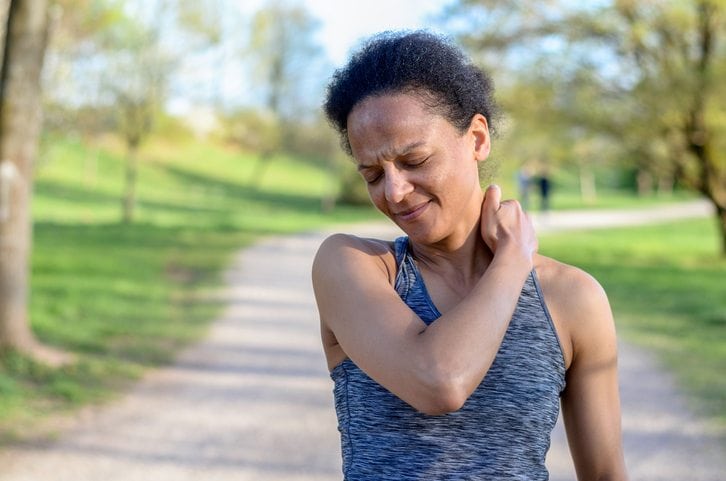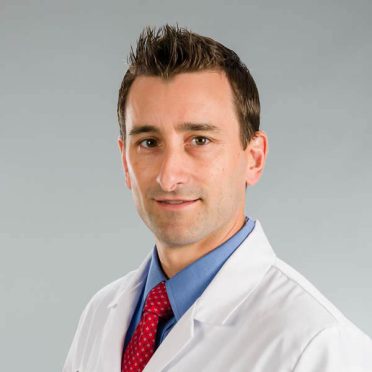Warm weather is here – finally! With spring comes outdoor exercise – and with that comes sport-related injuries. Dr. Kristopher Ware is an orthopedic surgeon and sports medicine specialist with the Hartford HealthCare Bone & Joint Institute.
Q: What are the most common sports-related injuries?
A: During the spring season overuse injuries are common. These are typically minor sprains or strains but in some cases they can be severe enough that the athlete’s season is cut short. With the weather improving we are seeing more running related injuries including hamstring strains, ankle sprains, tibial stress syndrome (commonly referred to as shin splints), and knee overuse injuries involving overload behind the knee cap or a type of tendinitis over the outside of the knee known as iliotibial band friction syndrome. In addition, with some of our competitive spring sports we commonly see patients with ACL tears and shoulder instability.
Q: What does treatment typically involve?
A: For most overuse injuries, conservative treatment is usually effective. This involves modifying training with altering volume and intensity, changing footwear and training surfaces, and correcting abnormal biomechanics. In some cases physical therapy is necessary to get an athlete back to sports. For some of the more severe injuries, including knee ligament tears, hip labral tears and recurrent shoulder instability, surgery may be necessary. Fortunately, with our current technology most of the sports-related surgeries can be performed using minimally invasive arthroscopic equipment.
Q: As a sports medicine specialist, what advice do you have for athletes to avoid injury?
A: The most important factor in preventing injury is preseason preparation. This involves a comprehensive preseason training program and addressing errors in running or throwing mechanics prior to the start of the season. During the season it is important to avoid overtraining, and for many athletes this involves incorporating cross-training with their in-season sports specific drills. It is also important to recognize signs of fatigue such as incoordination and loss of focus that can predispose and athlete to injury. Further, it is important to address minor injuries early before they become season ending problems.
Q: When should someone seek medical attention?
A: Most overuse injuries improve with rest, ice, activity modification and in some cases NSAIDS (ie. Ibuprofen, naproxen, etc.) However, if there is a visible deformity, inability to put weight through a limb or severe swelling these are indications that you should see a physician as soon as possible. In addition, if your joint feels unstable or if you are unable to resume activity after adequate rest and recovery you should be seen by a medical professional.
Want to connect with a sports medicine specialist? Visit mysportshealth.org.


